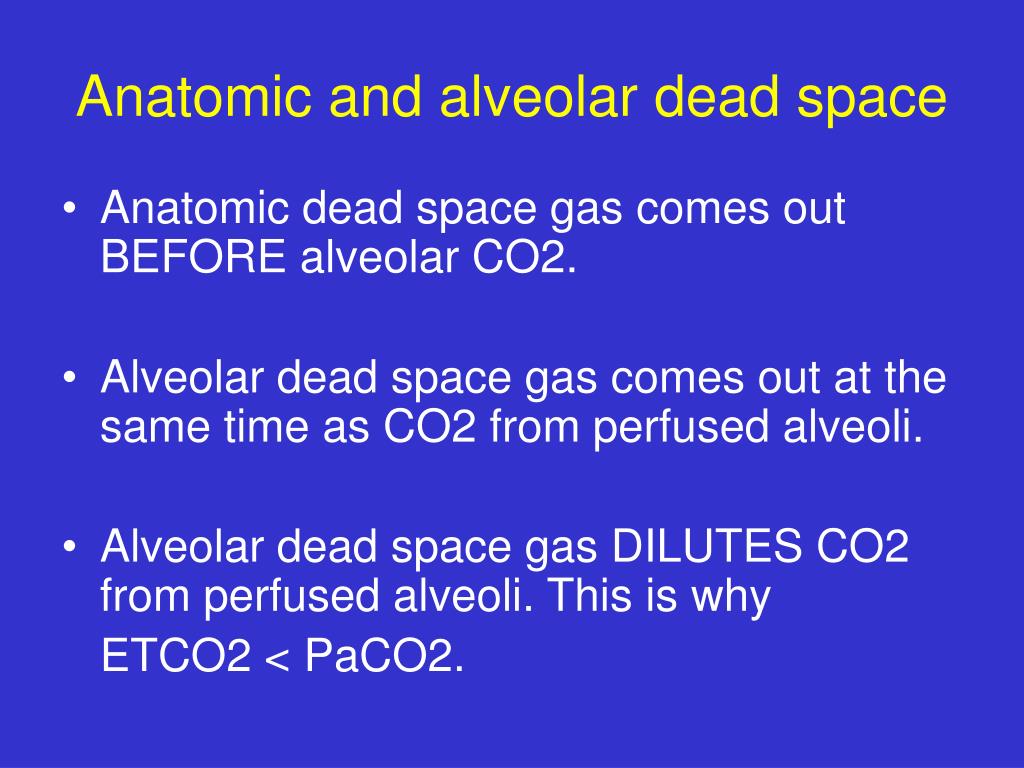
 Volume changes lead to pressure changes, which lead to the flow of gases in and out of the thoracic cavity to equalize pressure. A mechanical process that depends on volume changes in the thoracic cavity. The physical movement of air into and out of the lungs.
Volume changes lead to pressure changes, which lead to the flow of gases in and out of the thoracic cavity to equalize pressure. A mechanical process that depends on volume changes in the thoracic cavity. The physical movement of air into and out of the lungs. 
The animation is followed by practice questions.Ĭlick here for an animation that summarizes the information that follows on pulmonary ventilation. diffusion of gases between the blood of the systemic capillaries and cells.Ĭlick here to view an animation that summarizes internal and external respiration.transport of oxygen and carbon dioxide between the lungs and tissues.diffusion of gases between the alveoli and the blood of the pulmonary capillaries.diaphragm and intercostals muscles promote ventilation.

Respiration consists of 4 distinct processes:
Provide tremendous surface area for gas exchange. Consists of respiratory bronchioles, alveolar ducts, alveolar sacs, and about 300 million alveoli. Air passages undergo 23 orders of branching in the lungs which significantly increases cross sectional area for flow. Made up of rigid passageways that serve to warm, moisten, and filter the inhaled air: nose, nasal cavity, pharynx, larynx, trachea, primary bronchi, tertiary bronchi, bronchioles, terminal bronchioles. Nose -> pharynx -> larynx -> trachea -> primary bronchi -> secondary bronchi -> tertiary bronchi -> bronchioles -> terminal bronchioles -> respiratory bronchioles -> alveolar duct -> alveoliĬlick here for an animation that provides an overview of the respiratory system, including its functions and organs. Hairs, twisted pathways, goblet cells, mucous glands, lysozyme in the mucus all help defend the body against infection by airborne pathogens. When airborne molecules are inhaled and dissolve in the mucus in the nose, the molecules can bind to receptors in the olfactory epithelium. Sound allows speech, singing, and nonverbal communication The larynx, nasal cavity, paranasal sinuses, teeth, lips, and tongue work to produce sound. Inhalation (inspiration) draws gases into the lungs.Įxhalation (expiration) forces gases out of the lungs.Īs gases pass through the nasal cavity and paransal sinuses, inhaled air becomes turbulent.







 0 kommentar(er)
0 kommentar(er)
